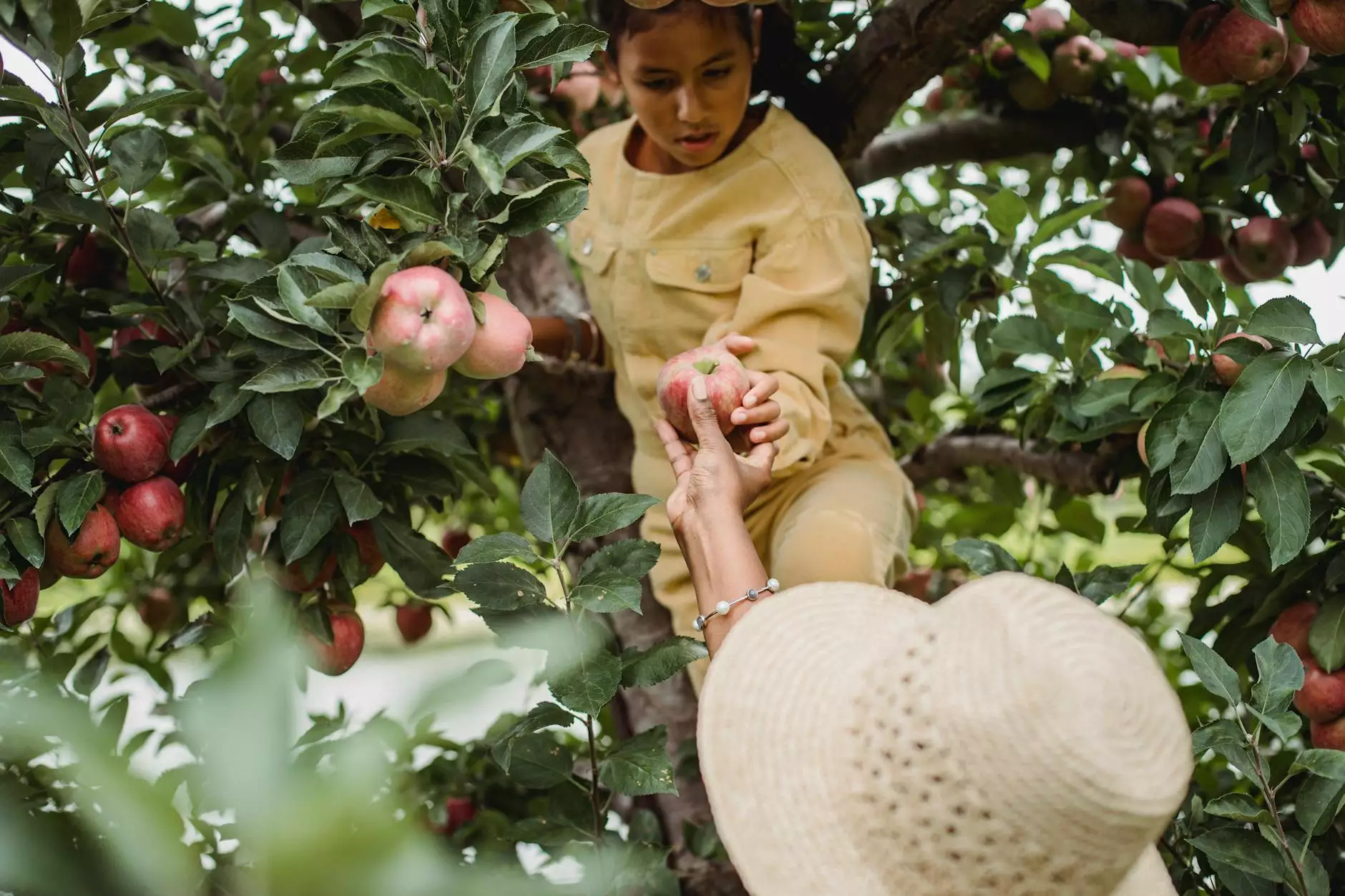Getting Schooled in the Garden: How to Start a School Garden
Utah Homes
Introduction
Welcome to Screens Unlimited's comprehensive guide on starting a school garden. In this article, we will explore the benefits of incorporating a garden into educational institutions and provide step-by-step guidance on how to initiate and maintain a successful school garden.
The Importance of School Gardens
School gardens are powerful teaching tools that offer numerous educational and environmental benefits for students, schools, and their surrounding communities. They provide a hands-on learning experience, fostering curiosity, creativity, and a deeper understanding of various subjects such as science, math, nutrition, and environmental studies.
1. Curricular Integration
Integrating garden-based learning into the curriculum allows students to apply theoretical knowledge in practical settings, enhancing their comprehension and retention of concepts. In a school garden, students can explore scientific processes, observe plant life cycles, and conduct experiments, nurturing their critical thinking and problem-solving skills.
2. Environmental Awareness
A school garden serves as a living laboratory for students to appreciate the environment, the interconnectivity of ecosystems, and the importance of sustainable practices. By growing their own food, students gain insights into the impact of food choices, resource conservation, and the role of pollinators in maintaining biodiversity.
3. Health and Nutrition
Engaging students in gardening activities fosters a positive attitude towards fresh food, nutrition, and healthy eating habits. It encourages them to explore and taste a variety of fruits and vegetables, promoting a balanced diet rich in vitamins and minerals.
Step-by-Step Guide to Starting a School Garden
Step 1: Planning
Before embarking on your school garden journey, it is crucial to develop a well-thought-out plan. Start by forming a garden committee consisting of teachers, students, parents, and community members. Collaboratively decide on the garden's purpose, size, location, and budget. Consider factors such as sunlight exposure and irrigation possibilities when selecting a suitable site for your garden.
Step 2: Securing Resources
Once your plan is in place, it's time to gather the necessary resources. Seek support from local businesses, community organizations, and government agencies for funding, materials, and volunteers. You can organize fundraising events, seek grants, or establish partnerships to acquire the needed resources for your school garden project.
Step 3: Preparing the Site
To ensure a successful school garden, prepare the site for cultivation. Remove any weeds, rocks, or debris and amend the soil with organic matter for improved fertility. Install necessary infrastructure such as raised beds, fencing, and irrigation systems. Engage students in this process, allowing them to take ownership and develop a sense of responsibility towards the garden.
Step 4: Plant Selection and Care
Choose plants that are suitable for your region's climate and align with educational goals. Consider growing a mix of vegetables, herbs, and native plants to attract pollinators. Involve students in the planting process, teaching them about seed propagation, transplanting, and proper plant care practices. Regularly monitor plant health, water requirements, and manage pests organically.
Step 5: Curriculum Integration
Integrate the school garden into various subjects across grade levels. Collaborate with teachers to develop lesson plans that align with learning objectives and utilize the garden as an interactive classroom. Incorporate activities such as journaling, data collection, and scientific experiments to engage students in hands-on learning experiences.
Step 6: Maintenance and Involvement
Maintaining a school garden requires regular care and long-term involvement. Encourage students, teachers, and the community to participate in garden maintenance, harvesting, and composting. Develop a schedule and assign responsibilities to ensure the garden remains well-maintained throughout the year.
Conclusion
Starting a school garden is a transformative and rewarding experience for everyone involved. By fostering a connection with nature and providing an immersive learning environment, school gardens contribute to the overall development of students. Screens Unlimited believes in the power of school gardens and is committed to supporting educators in creating enriching educational experiences. Embark on your school garden journey today and witness the positive impact it has on your students!










